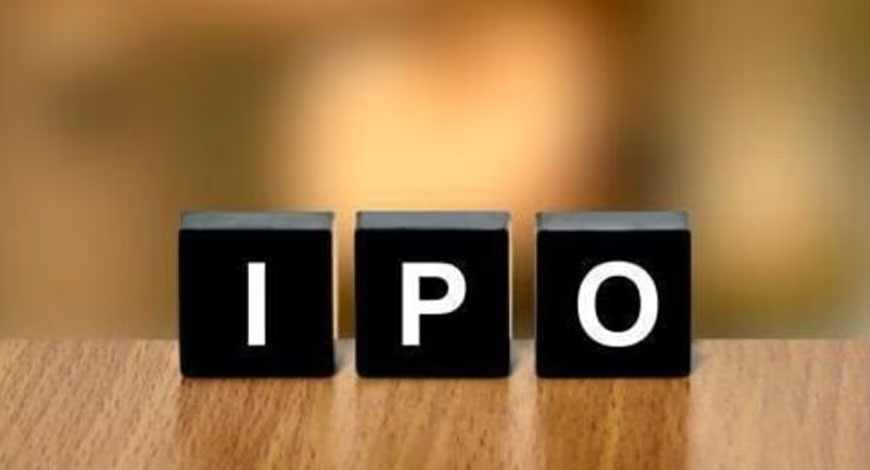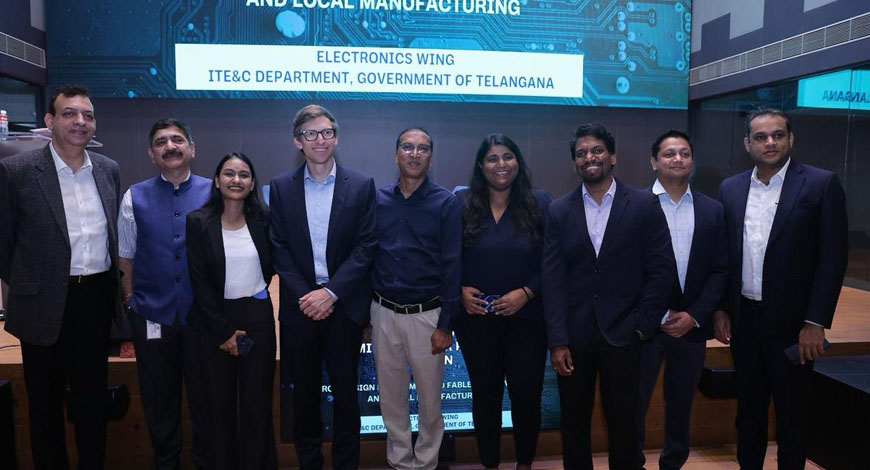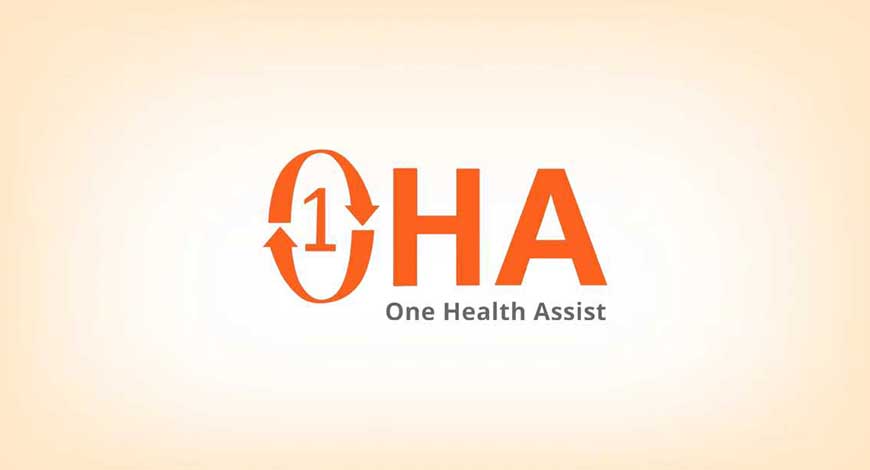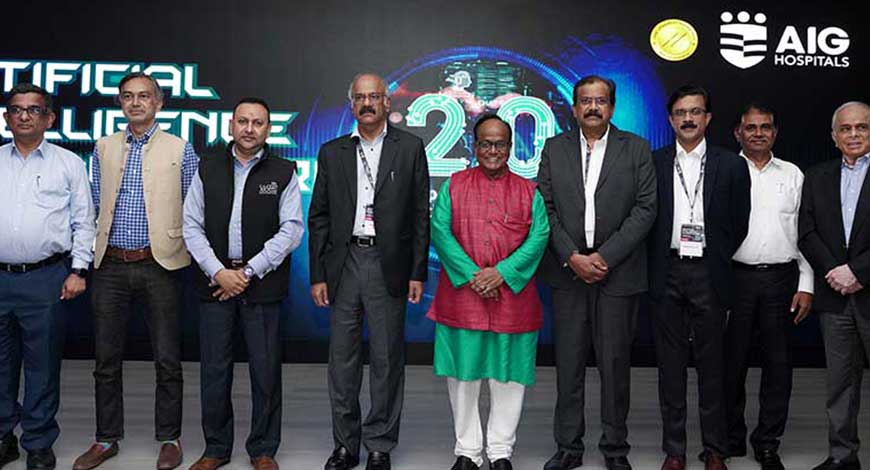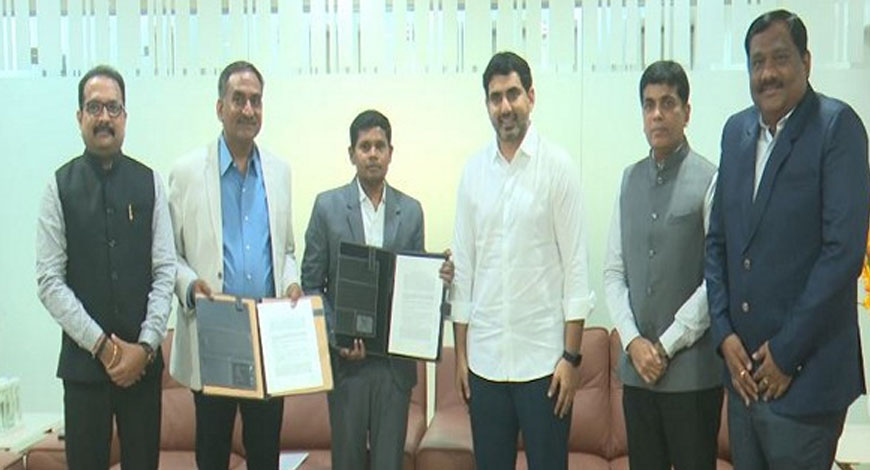The last time pilgrims thronged the Maha Kumbh Mela in 2013, 4G had been deployed by Indian telecom operators for just about a year and was far from being universally available. The 2025 Kumbh in Prayagraj comes at a drastically different time, with 5G connectivity expanded to practically every district in India, building up to what will likely be an event with the most tele-density in human history.
The Maha Kumbh is consistently ranked as the largest religious gathering in the world, and this year will be no exception, with the Uttar Pradesh government saying it is preparing for 40 crore devotees over a 44-day period, averaging out to almost 1 crore devotees per day, though some days like Makar Sankranti will likely see a spike that is multiples of that number.
While the State government is accustomed to most arrangements that such a large gathering requires, this year the Union government and telecom operators are facing a unique challenge — millions of people gathered at a single spot, with sometimes over half a dozen people in a single square metre area, and many trying to use the Internet during the pilgrimage.
The last time pilgrims thronged the Maha Kumbh Mela in 2013, 4G had been deployed by Indian telecom operators for just about a year and was far from being universally available. The 2025 Kumbh in Prayagraj comes at a drastically different time, with 5G connectivity expanded to practically every district in India, building up to what will likely be an event with the most tele-density in human history.
The Maha Kumbh is consistently ranked as the largest religious gathering in the world, and this year will be no exception, with the Uttar Pradesh government saying it is preparing for 40 crore devotees over a 44-day period, averaging out to almost 1 crore devotees per day, though some days like Makar Sankranti will likely see a spike that is multiples of that number.
While the State government is accustomed to most arrangements that such a large gathering requires, this year the Union government and telecom operators are facing a unique challenge — millions of people gathered at a single spot, with sometimes over half a dozen people in a single square metre area, and many trying to use the Internet during the pilgrimage.
Telcos “have been instructed to deploy advanced technology and optimise networks to support the massive influx of people expected to attend the world’s largest religious gathering”, the Department of Telecommunications (DoT) said in a statement.
“We have to design the system for the peak capacity,” Union Minister for Electronics and Information Technology Ashwini Vaishnaw told The Hindu in an interview on Wednesday.
“We did this during Ram Janmabhoomi,” Vaishnaw said, referring to the consecration of the Ram Mandir in Ayodhya last January. There was also the experience of preparing for the G-20 Summit, he said, adding that the Mela was, however, “a much bigger challenge”.
“Over a hundred kilometres of extra optical fibre has been laid,” Vaishnaw said, adding that “each tower will have higher configuration of radios”, ensuring that the maximum capacity of data that can be served in a given area is saturated.
“To cater to the massive demand, 78 cells on wheels (transportable towers) and 150 outdoor small cell solutions are being deployed, ensuring smooth communication in crowded zones,” the DoT said in a note.
No telecom service has ever been tested for the density levels expected in the Mela and the laws of physics and the reality of electromagnetic spectrum may mean that even if 5G coverage is widely available, networks may be too congested for pilgrims to have a smooth data experience all of time.
While everyone in a particular spot may not be able to do video calls at the same time for this reason, telecom operators have set up “disaster management centres” in order to facilitate emergency communications, in close coordination with local authorities.
“This will become a template for the world,” Vaishnaw said. The Hindu
